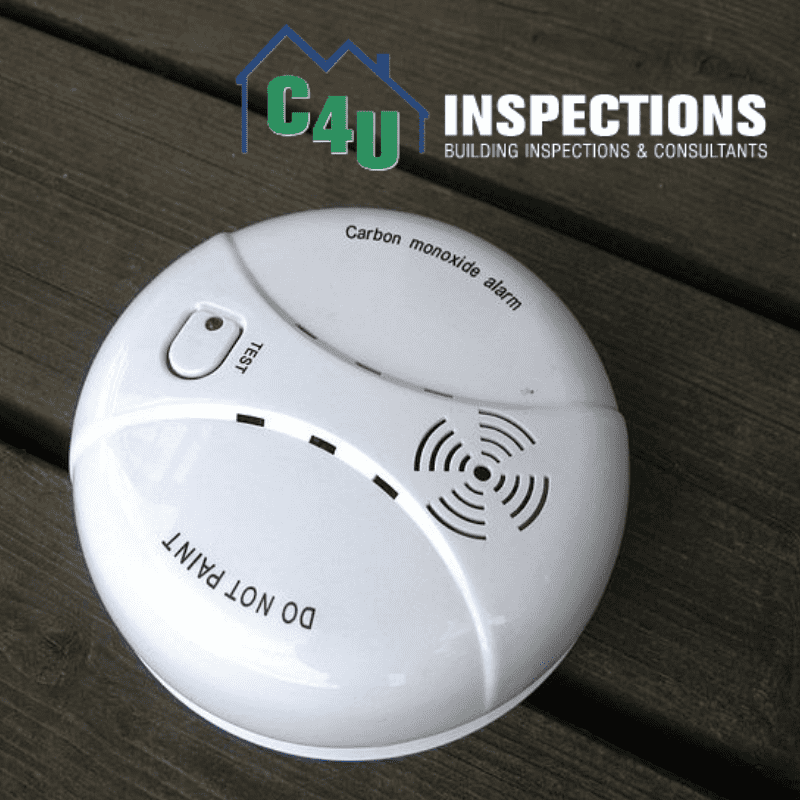
It’s a small square or round box. It’s affordable, almost invisible when you install it, terribly annoying when it goes off, and it saves lives.
Unfortunately, we’ve seen too many homes and businesses in our home inspector careers with either no detectors, expired ones, or detectors that just need a new battery. Carbon monoxide (CO) is colourless, odourless, and tasteless, and is often referred to as the silent killer. Without the technology to detect it, we put our lives and the lives of anyone in the building at risk.
CO is emitted by burning materials that contain carbon; the gas is the byproduct of the combustion. Often CO is produced by everyday items, such as gas stoves, some portable space heaters and other heating systems like fireplaces and furnaces, some water heaters, grills, and more.
A person doesn’t have to be exposed to CO for long to feel its effects. The symptoms include nausea, headache, dizziness, and confusion. After being exposed for only a few minutes, a person can black out.
If treatment isn’t administered immediately, CO can cause permanent damage to the body, or death. If there is a CO leak in the household at night, the individuals sleeping won’t notice it without a detector.
Symptoms of CO exposure mimic the flu, but if those affected notice they don’t have a fever, it’s best to step outside in the fresh air. If the affected begin to feel better, that’s a clear sign of a CO leak in the house.
Installing CO detectors is a great way to prevent being exposed to the gas. The detector will sound an alarm before there is a dangerous accumulation of the gas, so the building can be ventilated or evacuated. Depending on the kind of detector you get, some might even notify emergency services.
Make sure to install a detector on every floor of your household or business, including basements and attics. The number of detectors will depend on the layout and size of the building. The height at which to place a CO detector also depends on the design of the space. To avoid getting false alarms, don’t place a detector close to heating systems and gas appliances.
 But there are other preventative measures anyone can and should take to prevent poisoning.
But there are other preventative measures anyone can and should take to prevent poisoning.
If your building has an older furnace, have it inspected. Check other appliances as well and make sure they’re in working order. If anything needs to be replaced, make sure you hire an professional to do the job.
Make sure you have adequate ventilation when using anything that emits CO. A very easy solution is to make sure your windows can be opened and doors aren’t blocked.
If you have an elderly family member or friends living alone, check on them regularly and help them install a detector, and check the heating items and appliances they use to spot a potential hazard.
Have questions or need more information about carbon monoxide detectors? Contact C4U Inspections today.